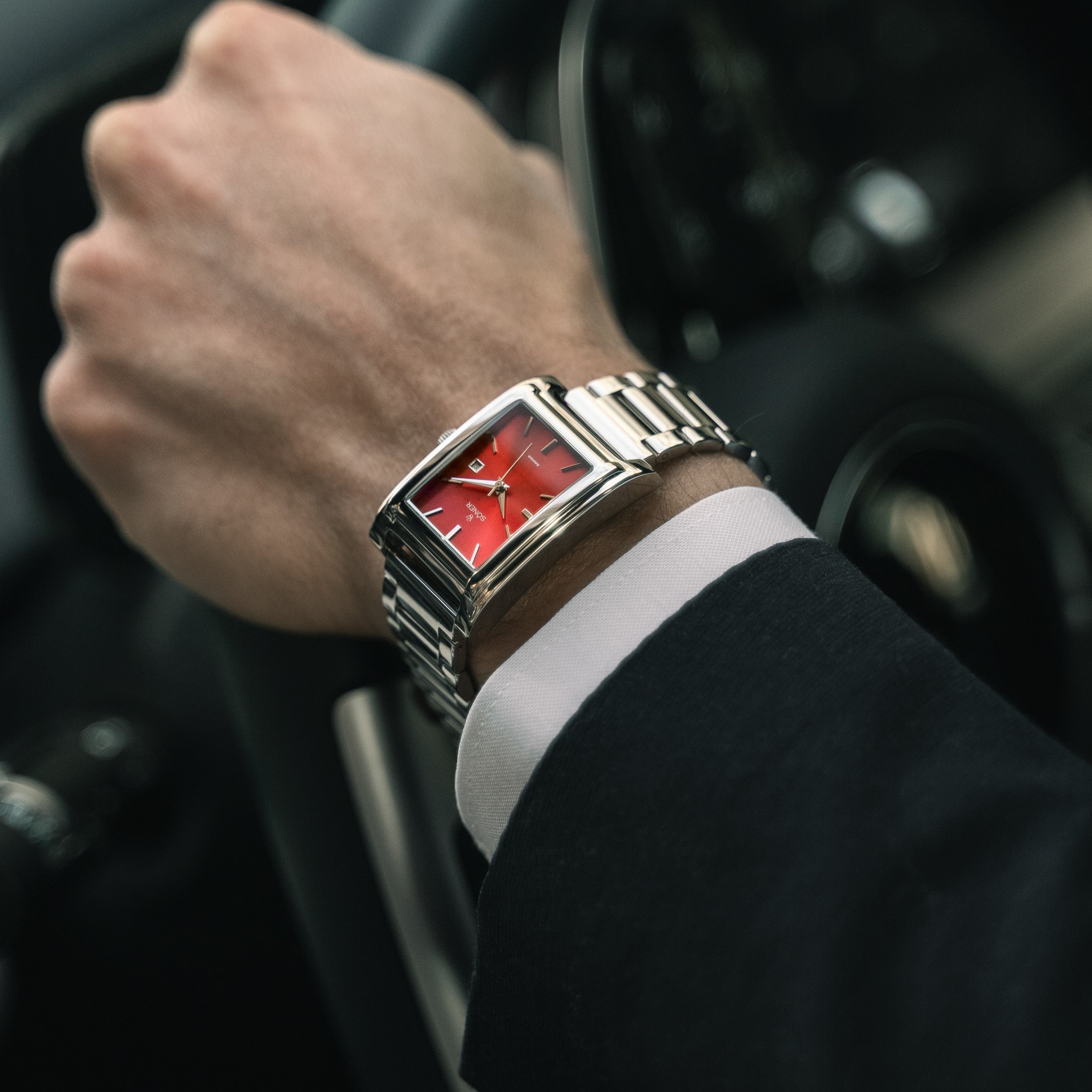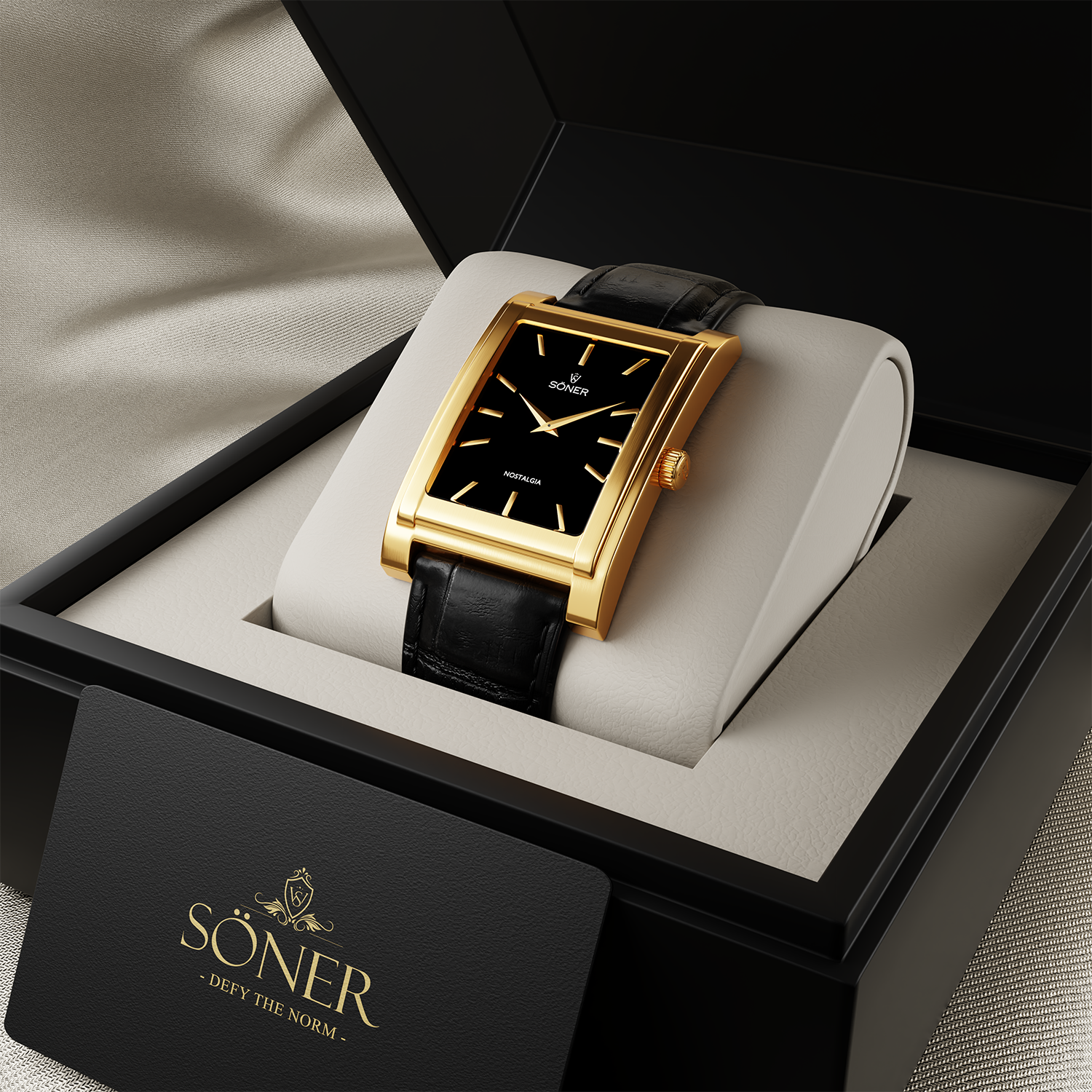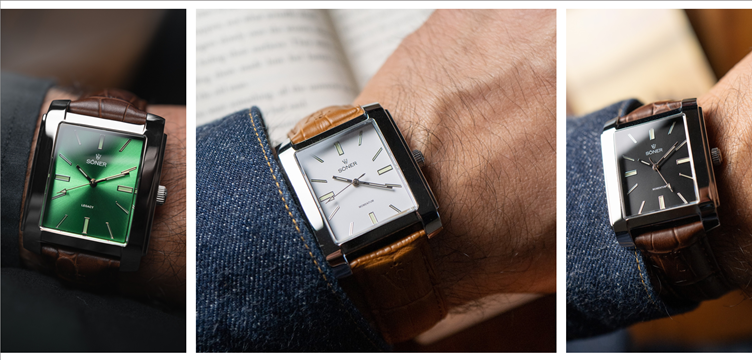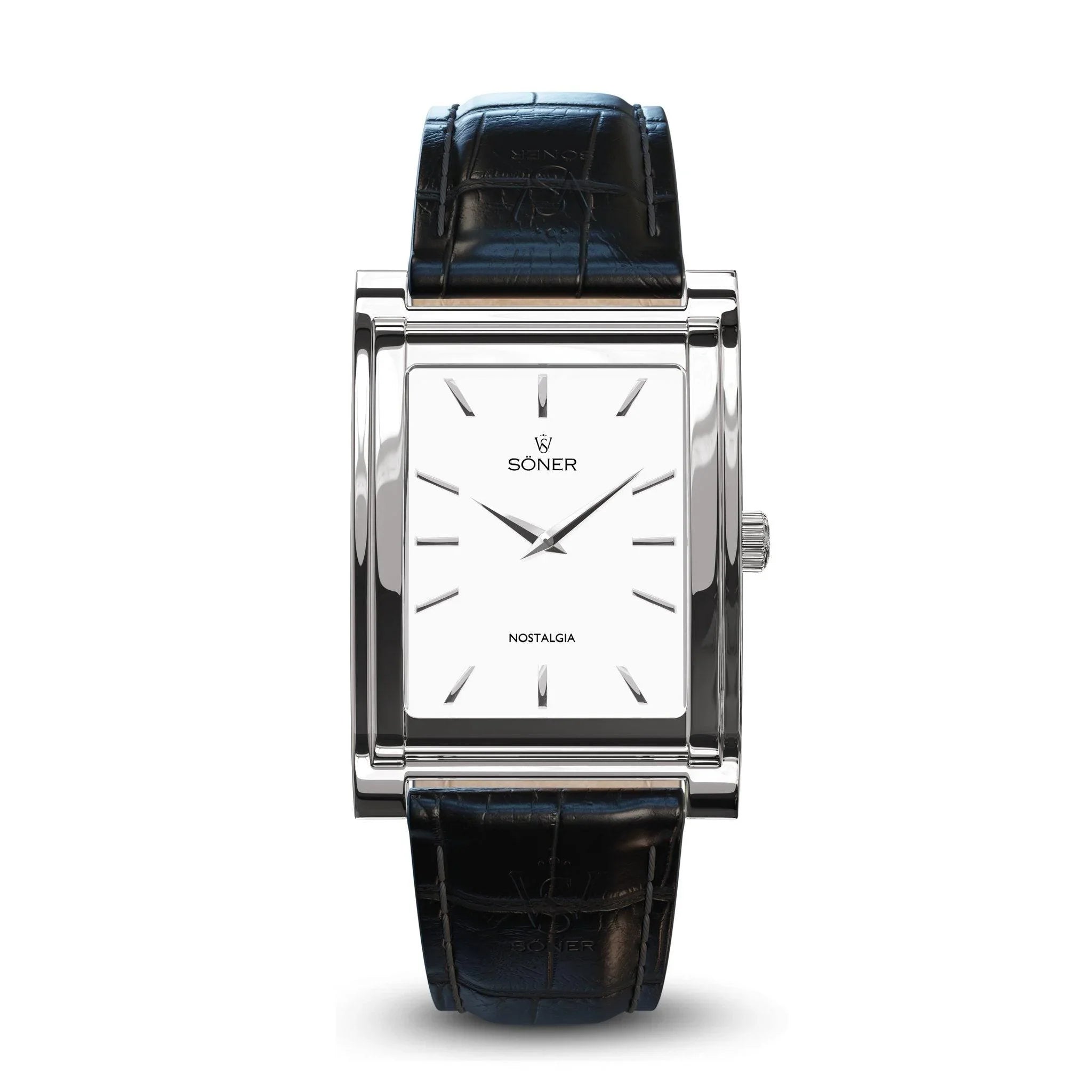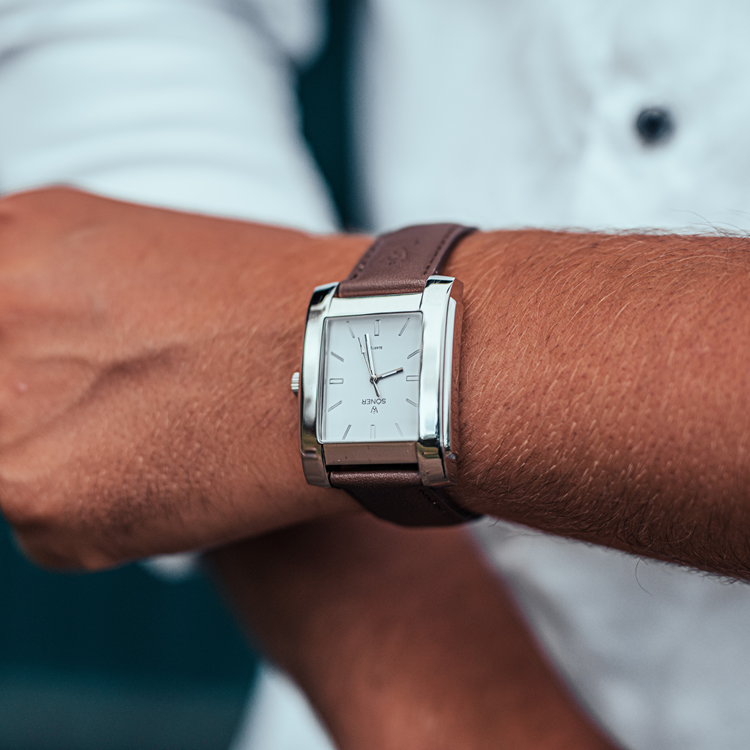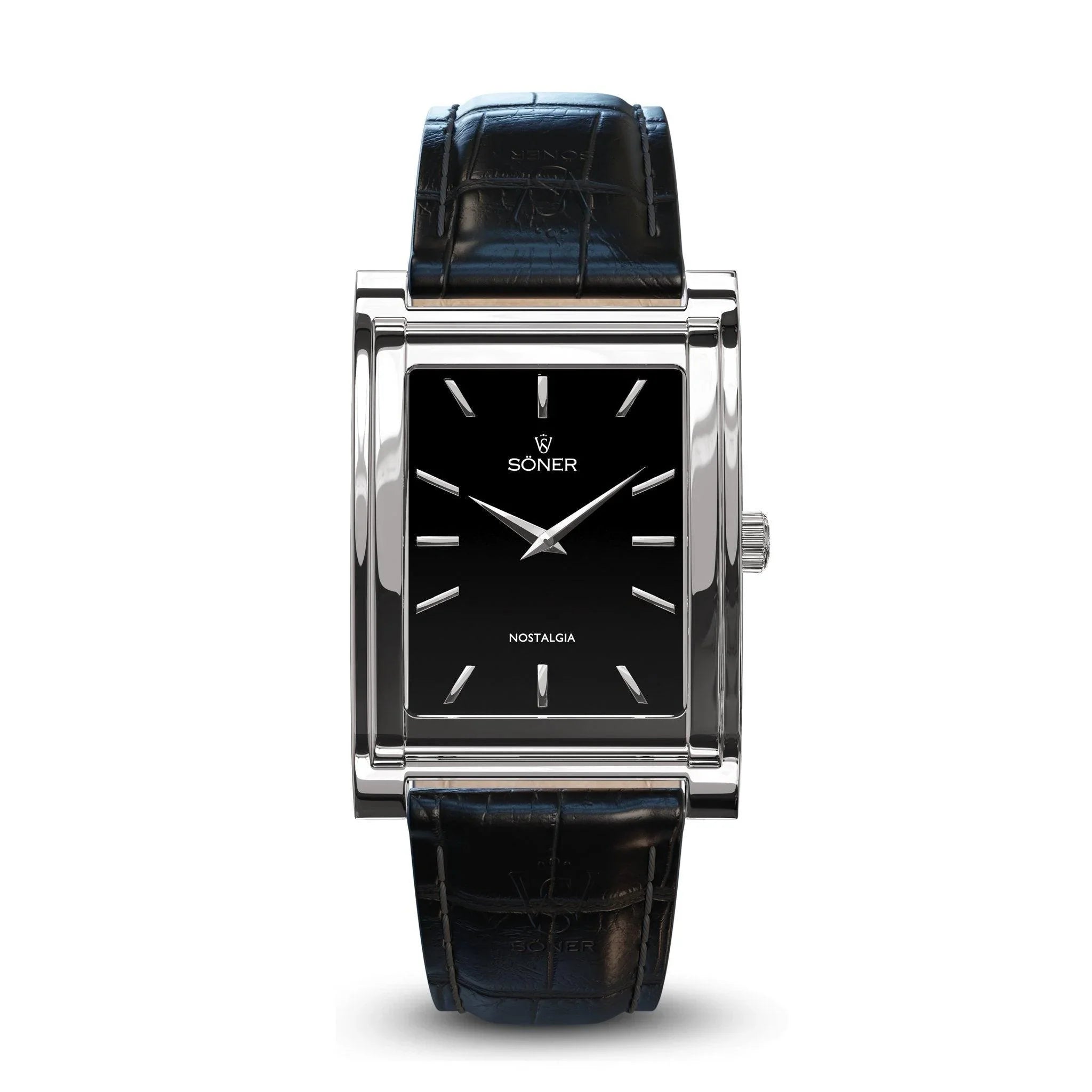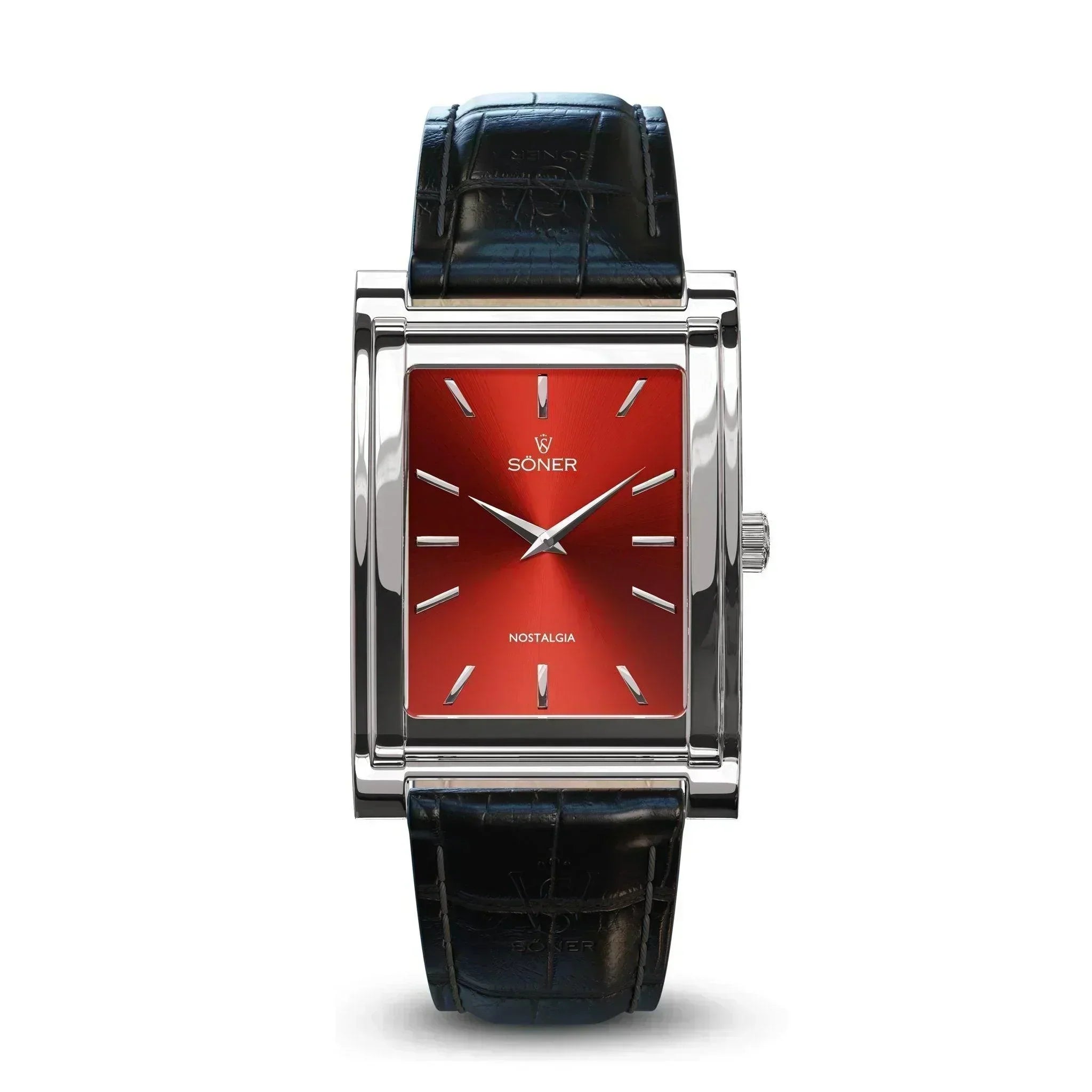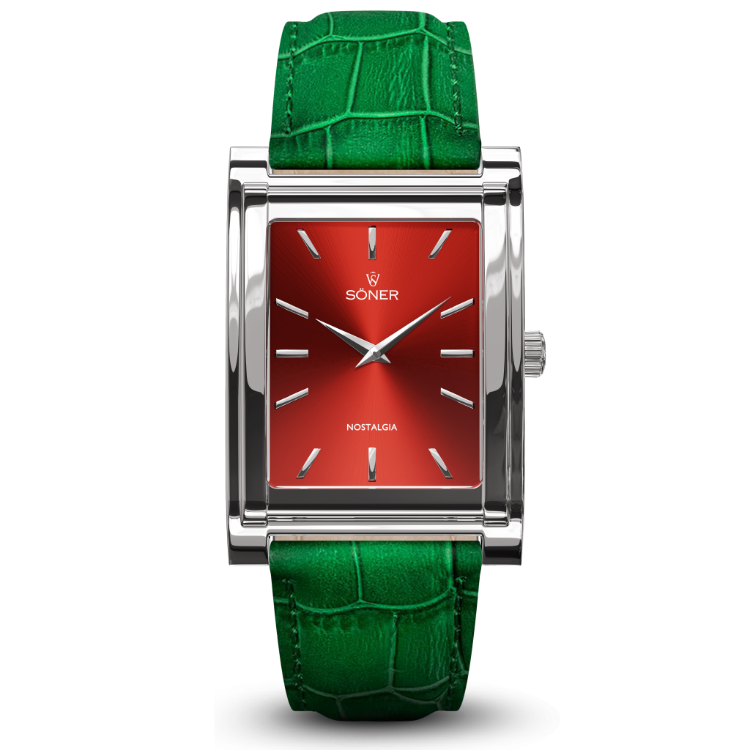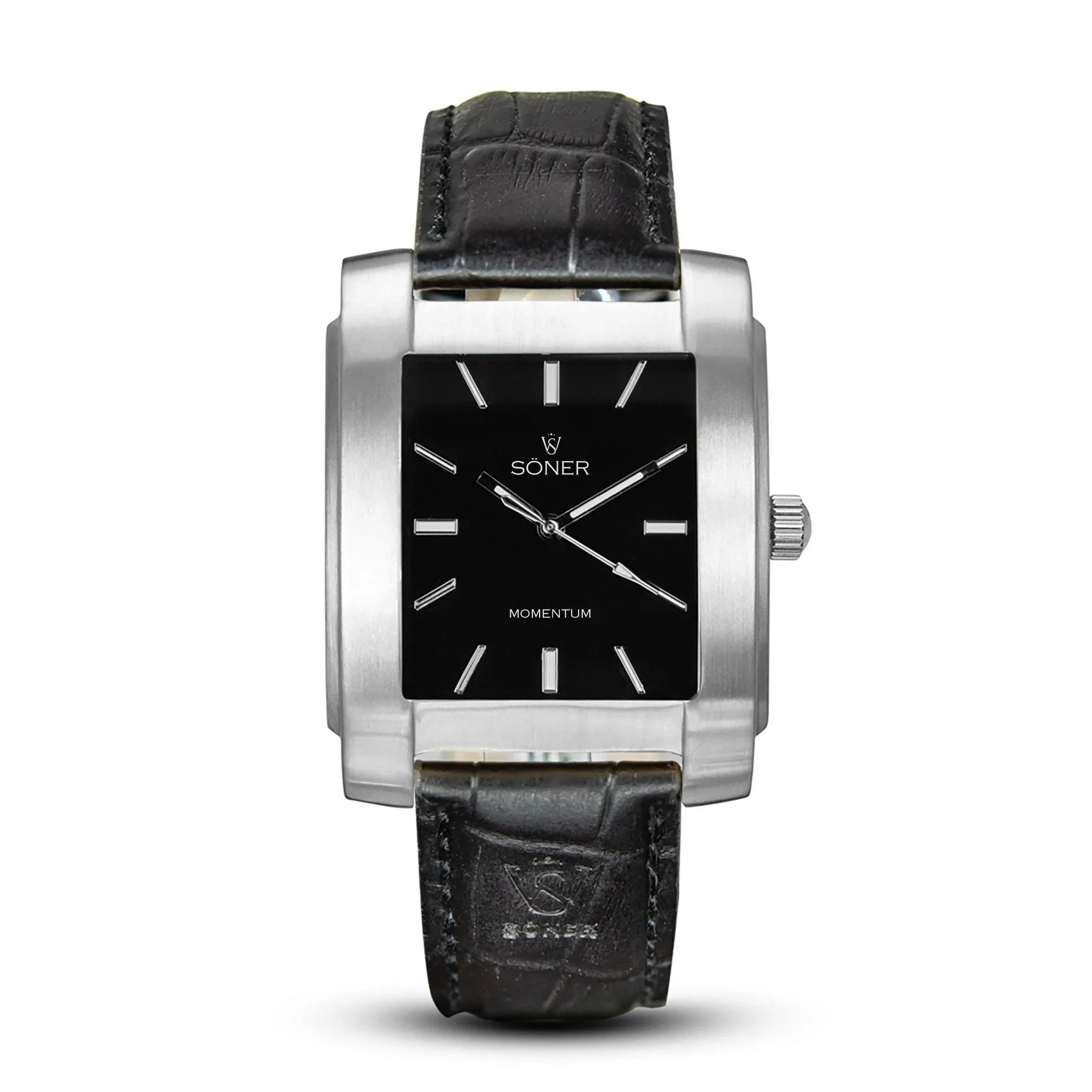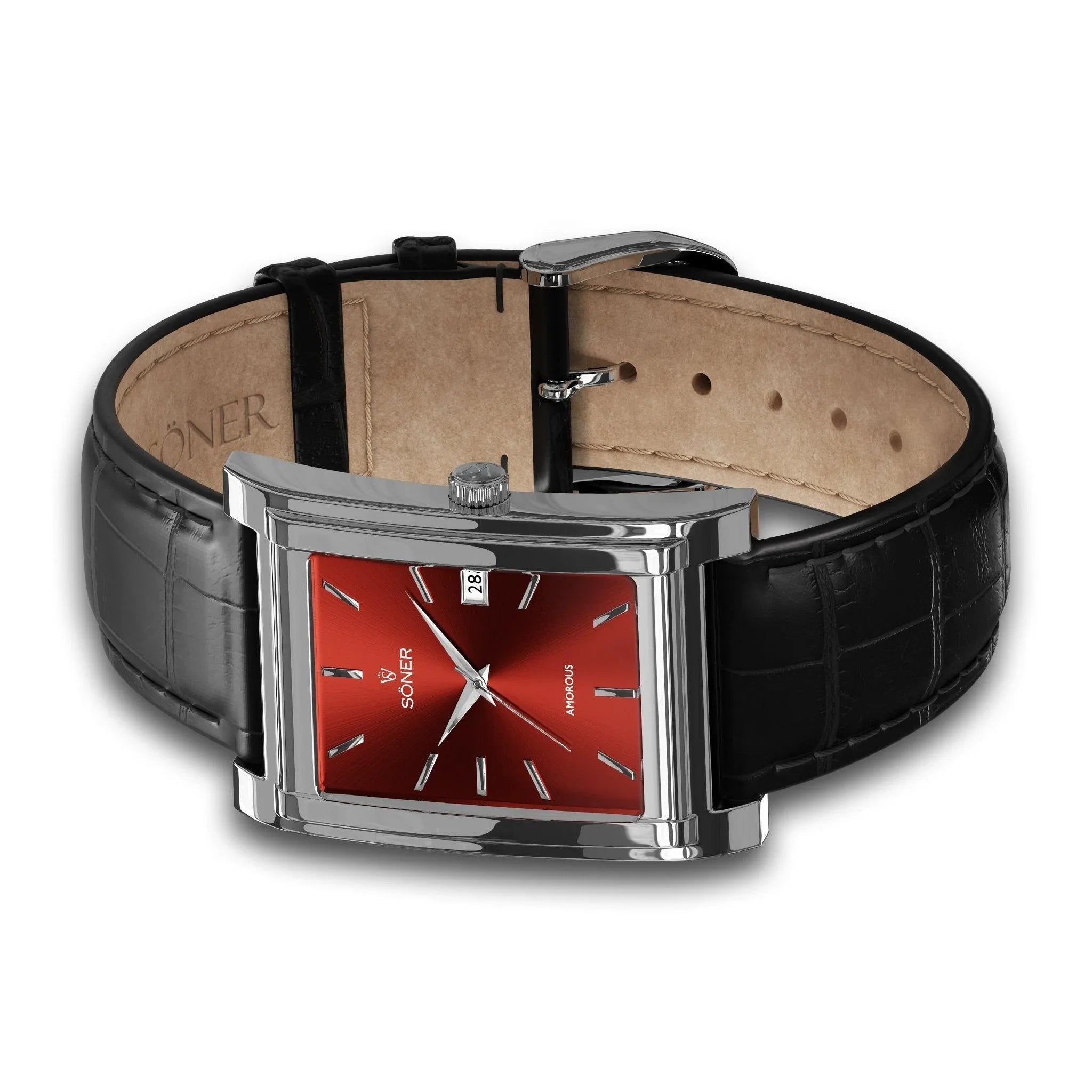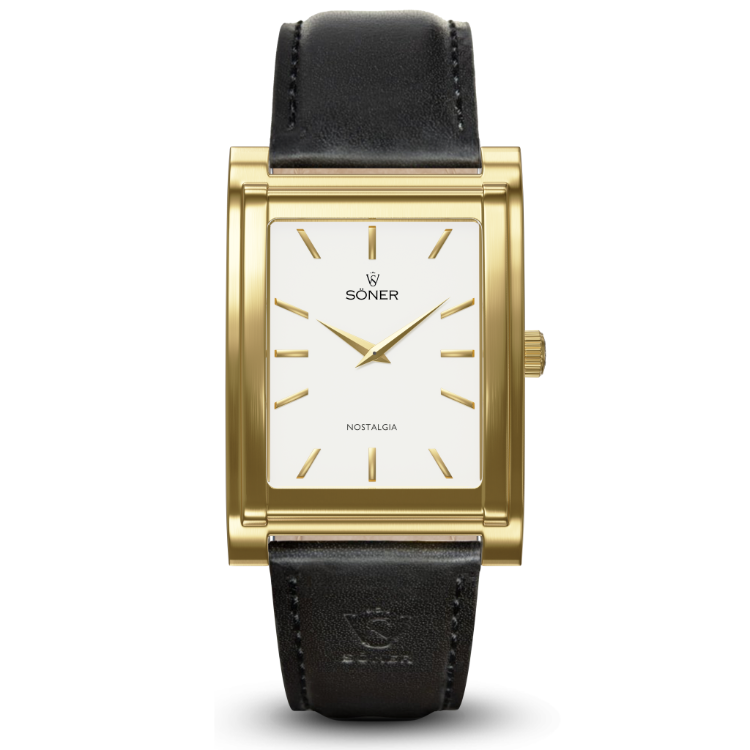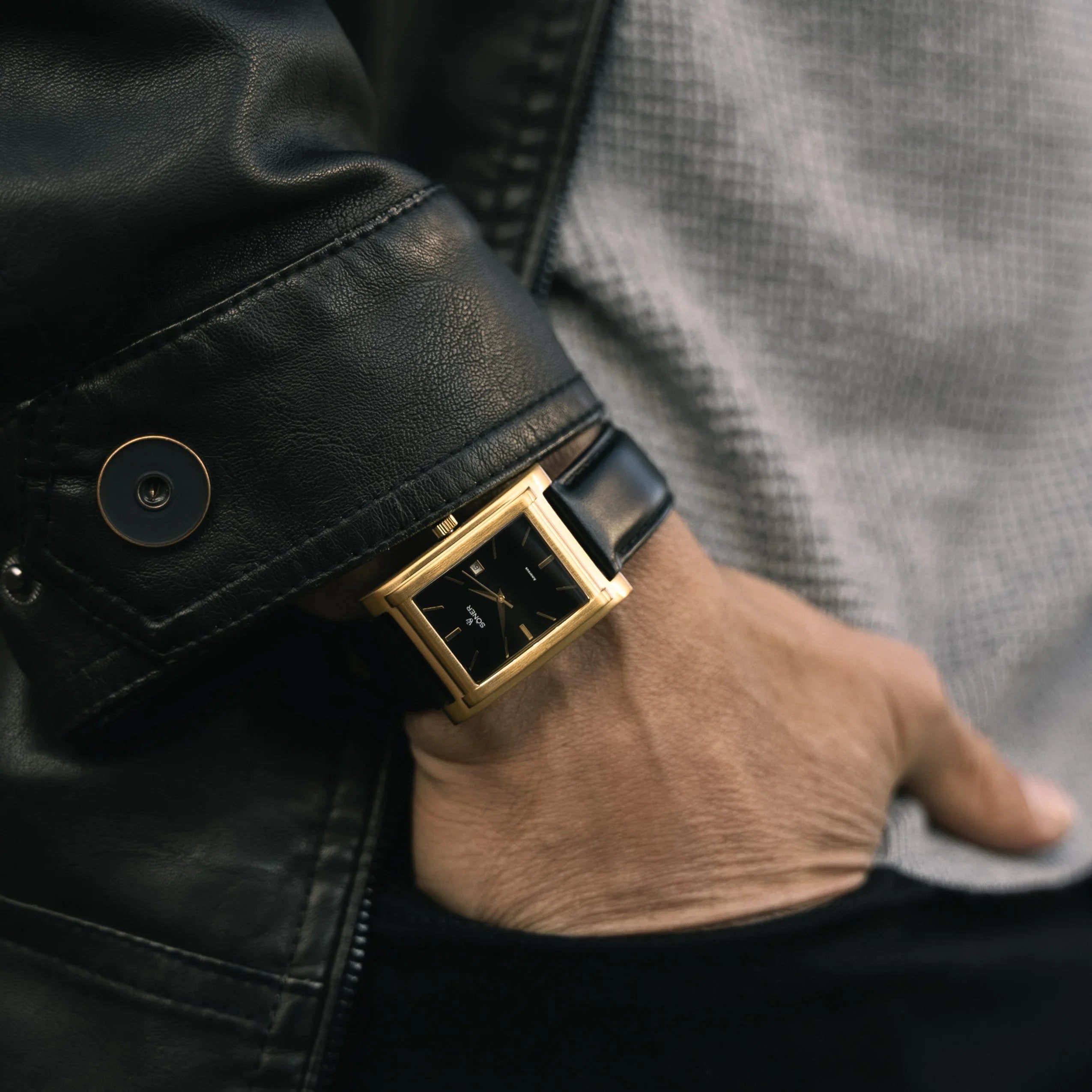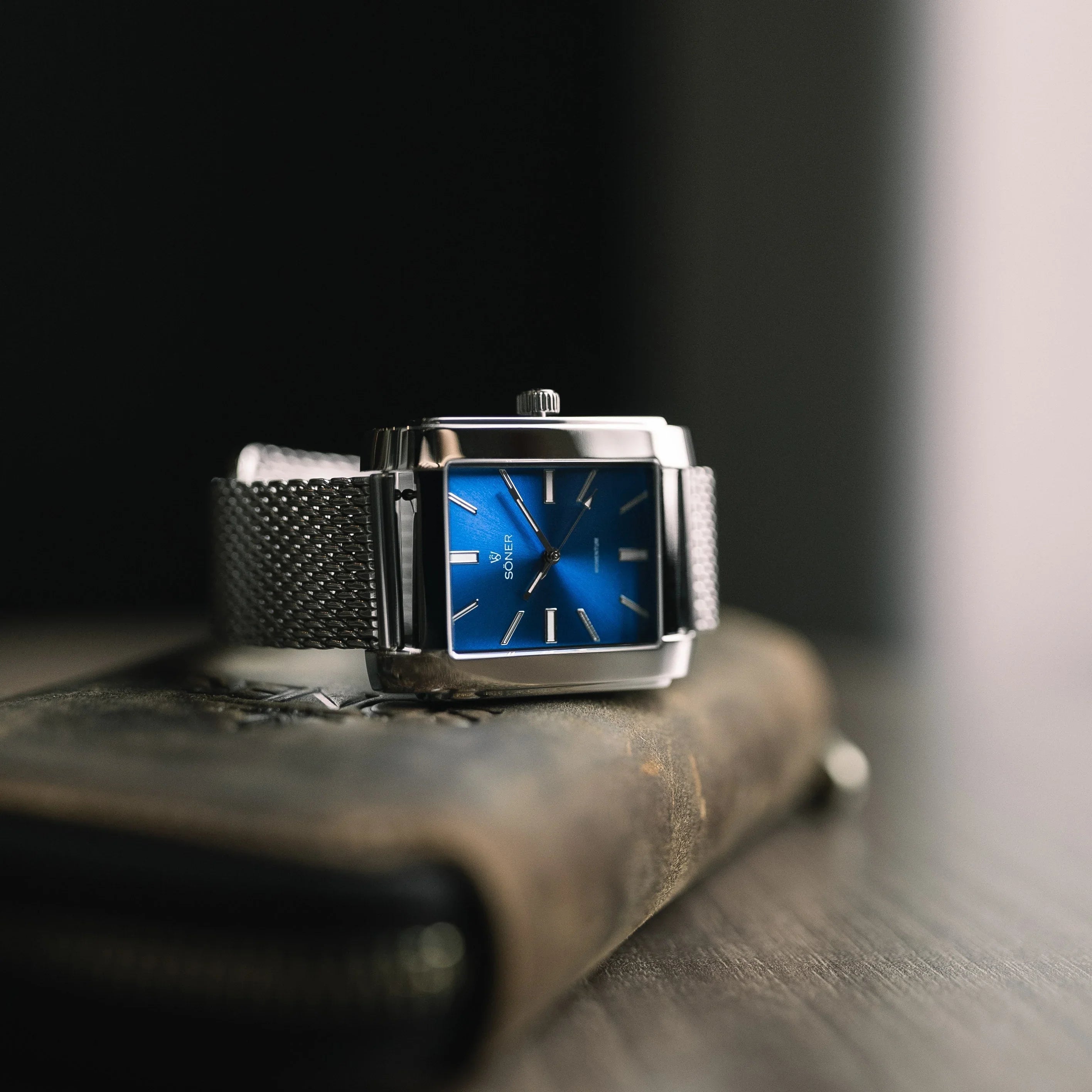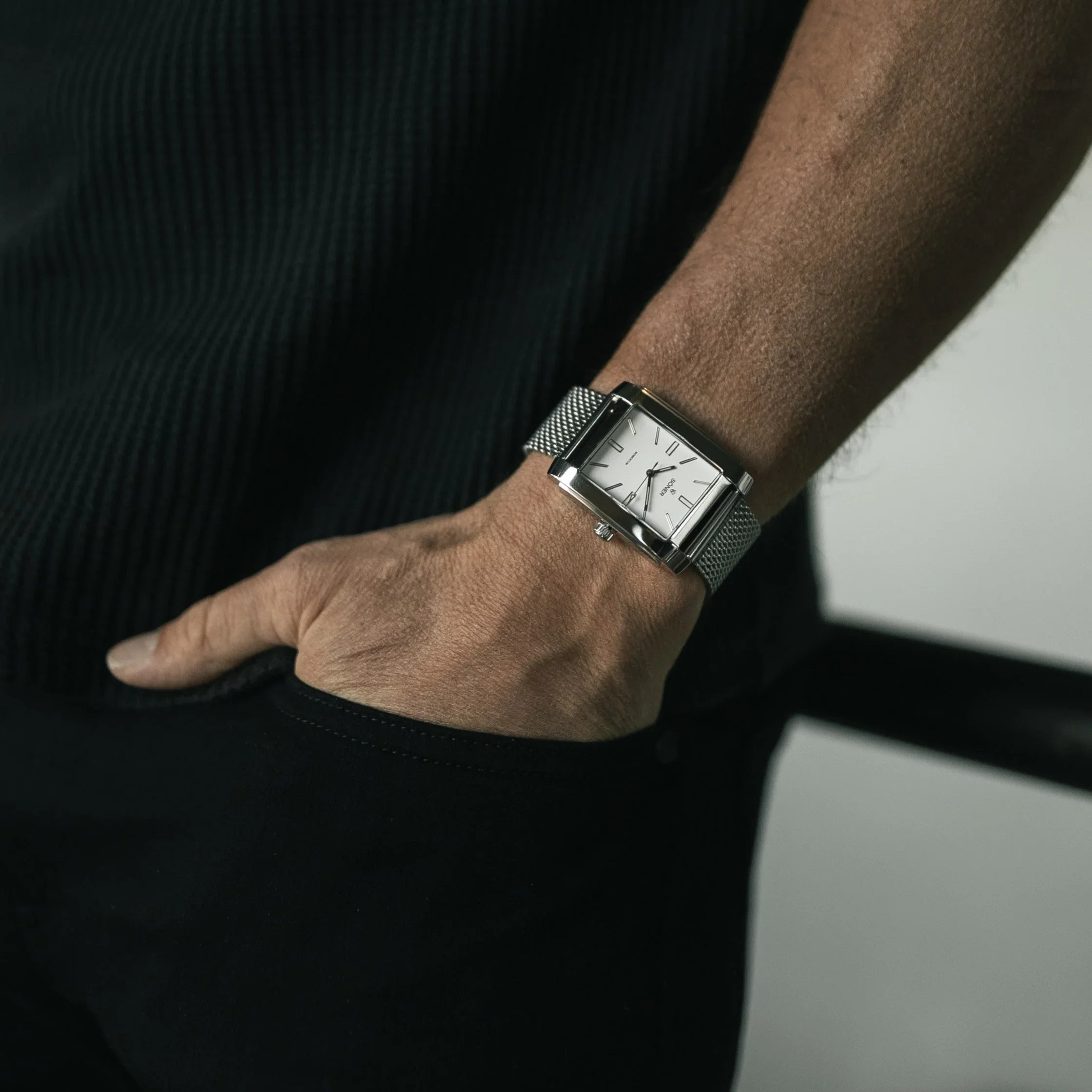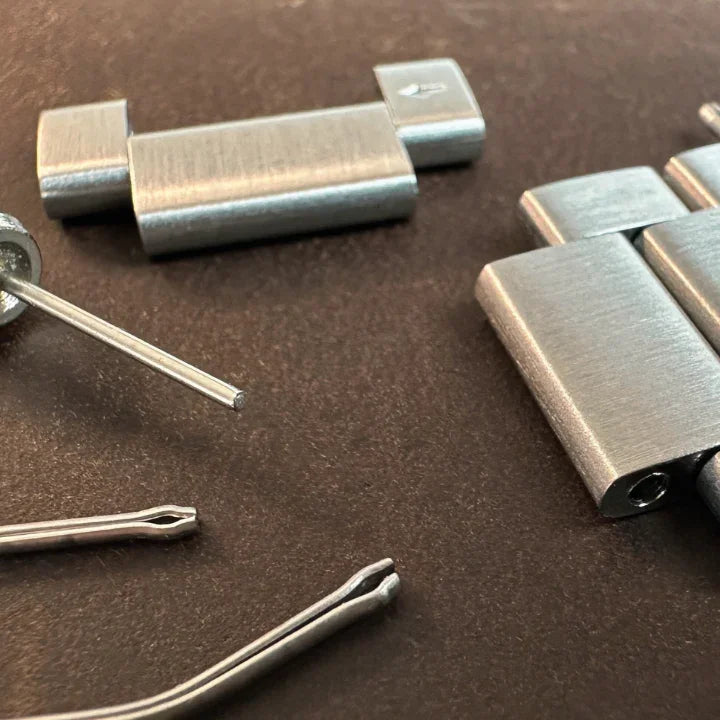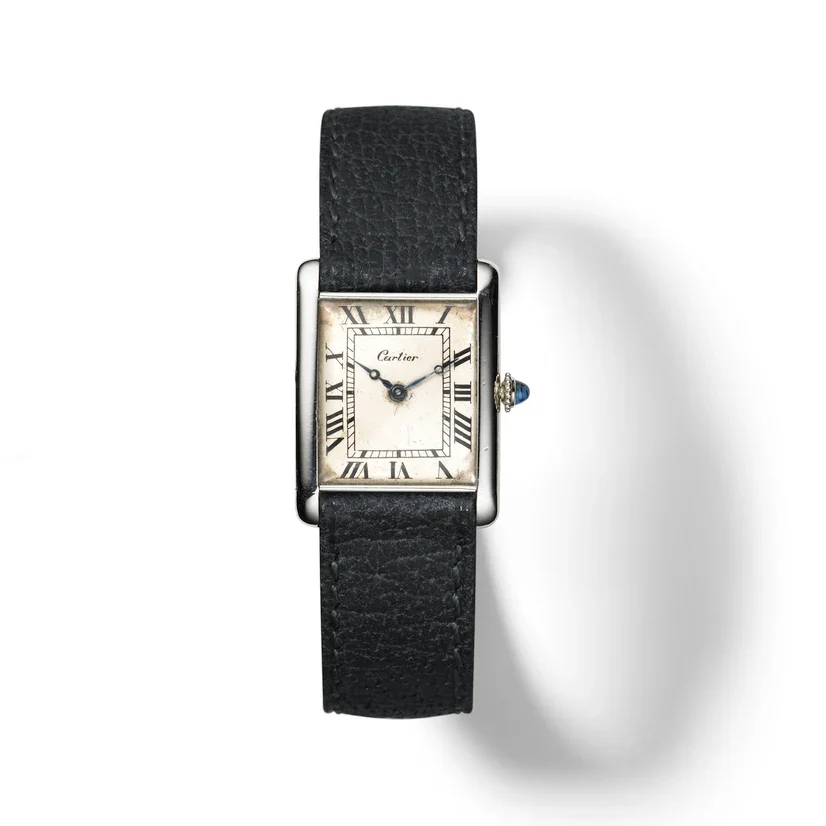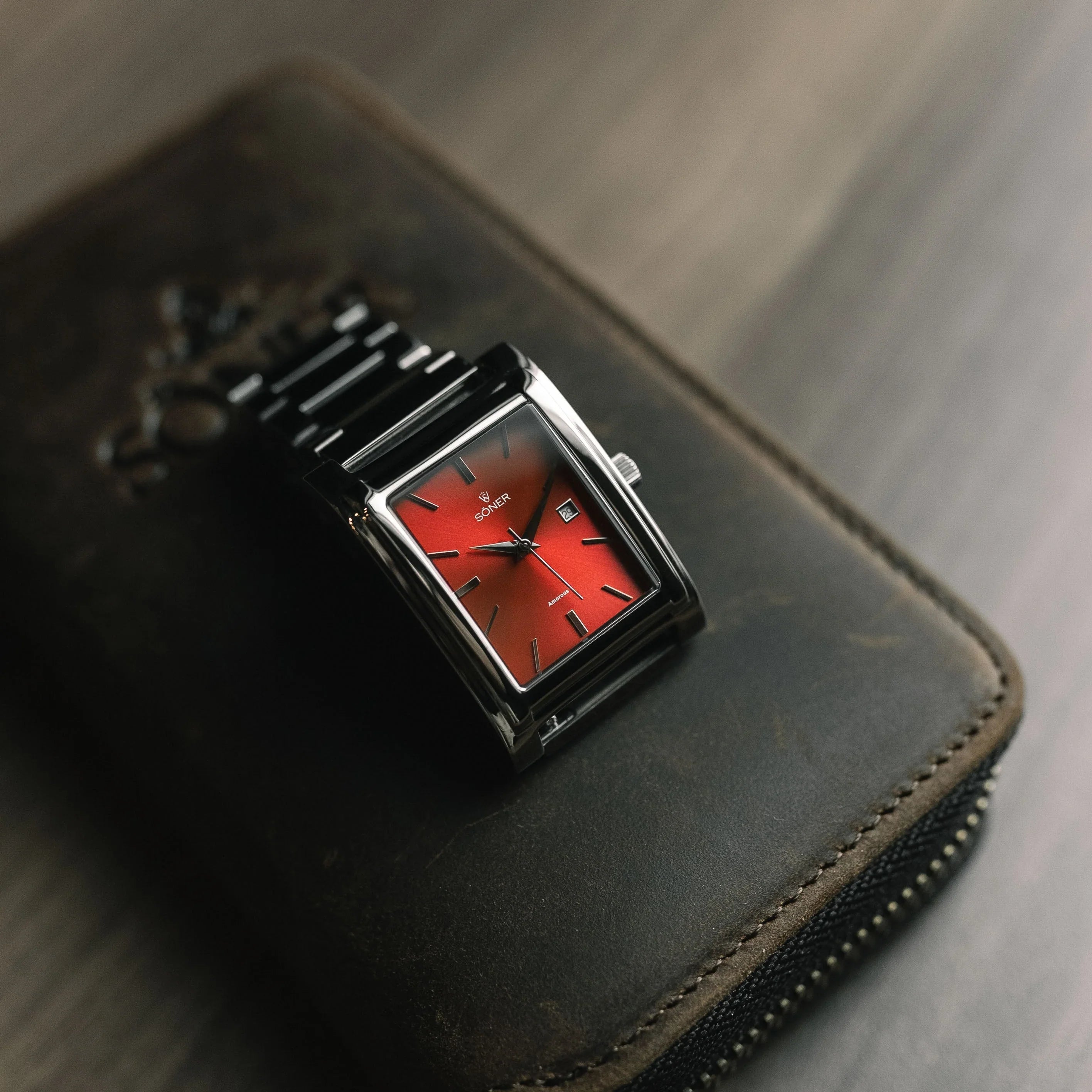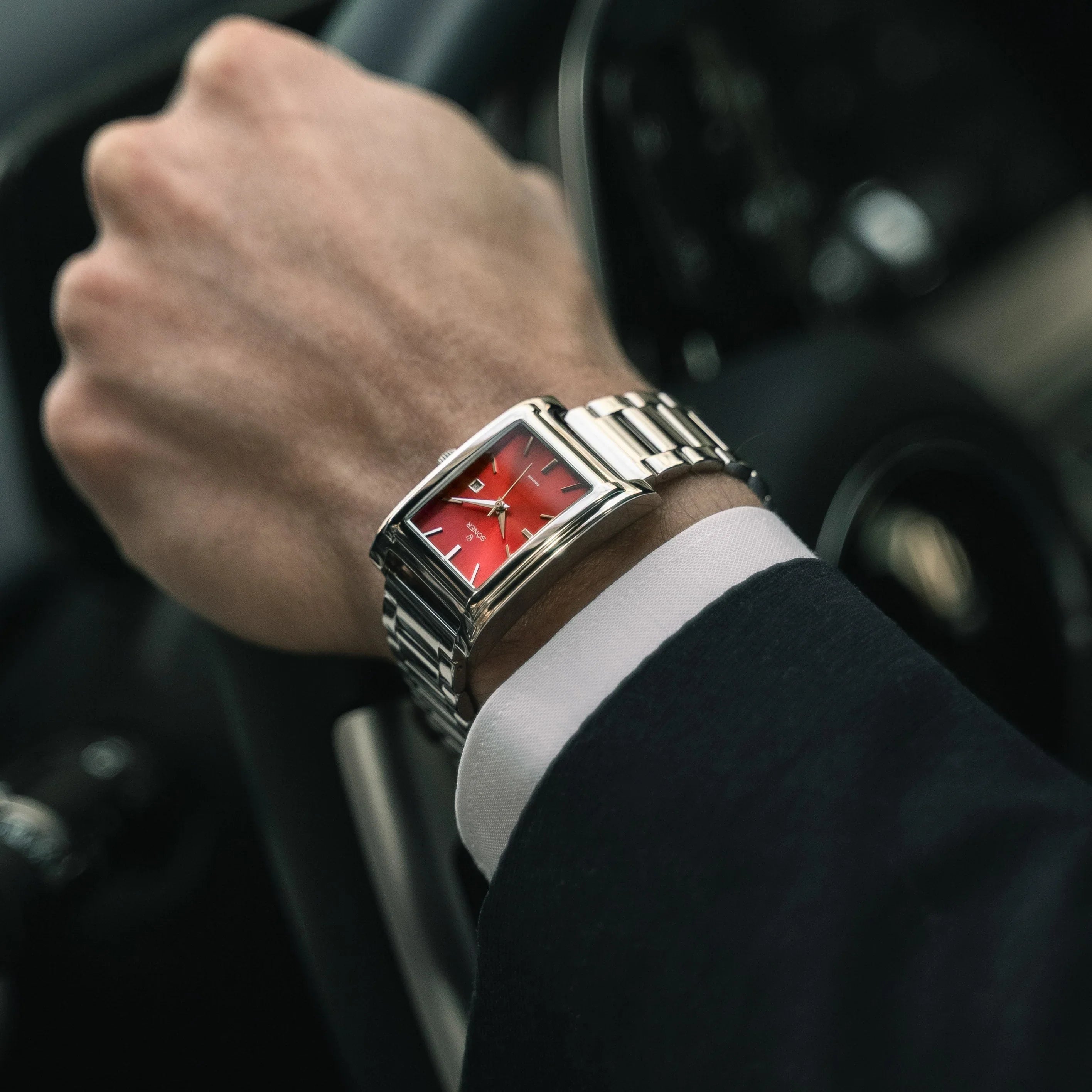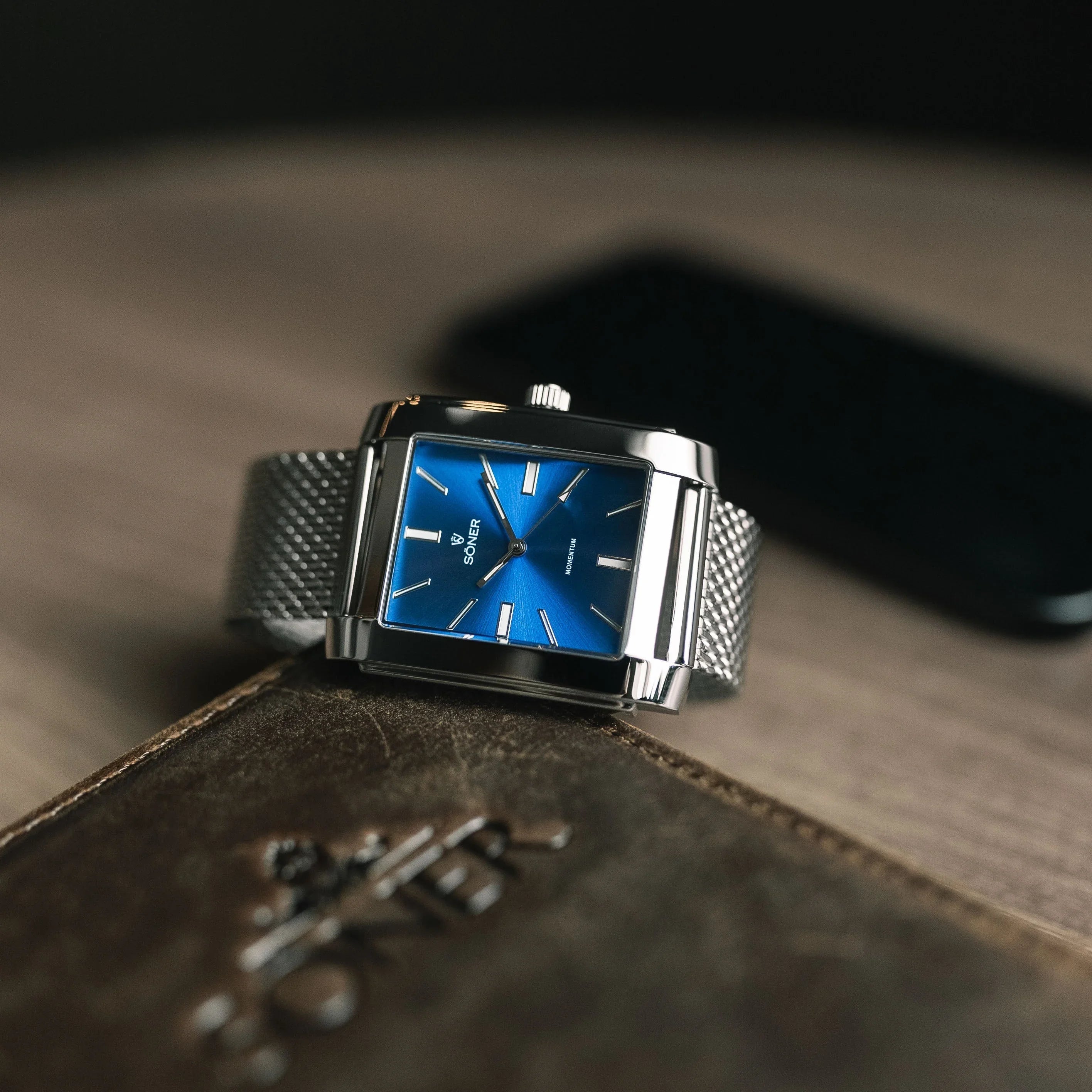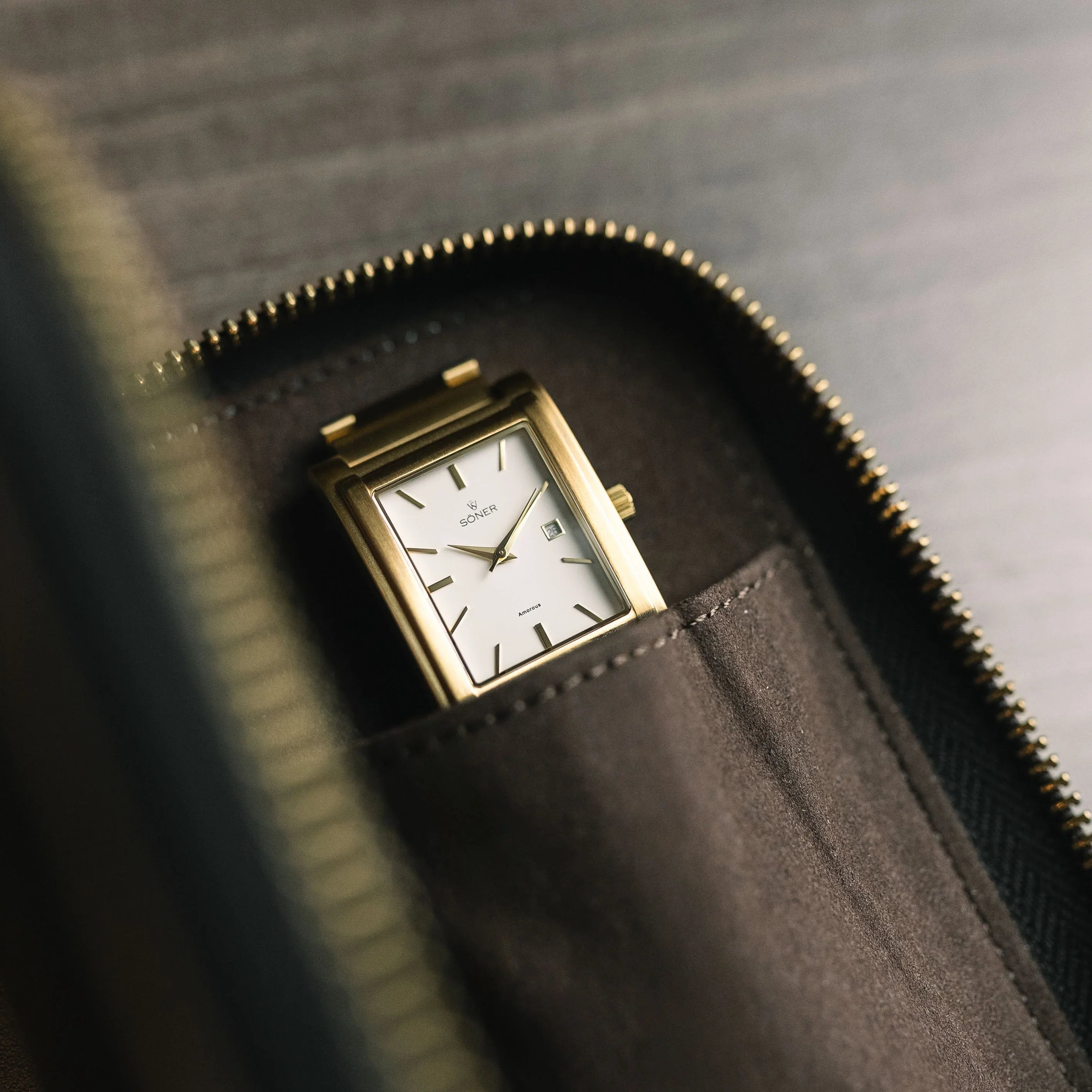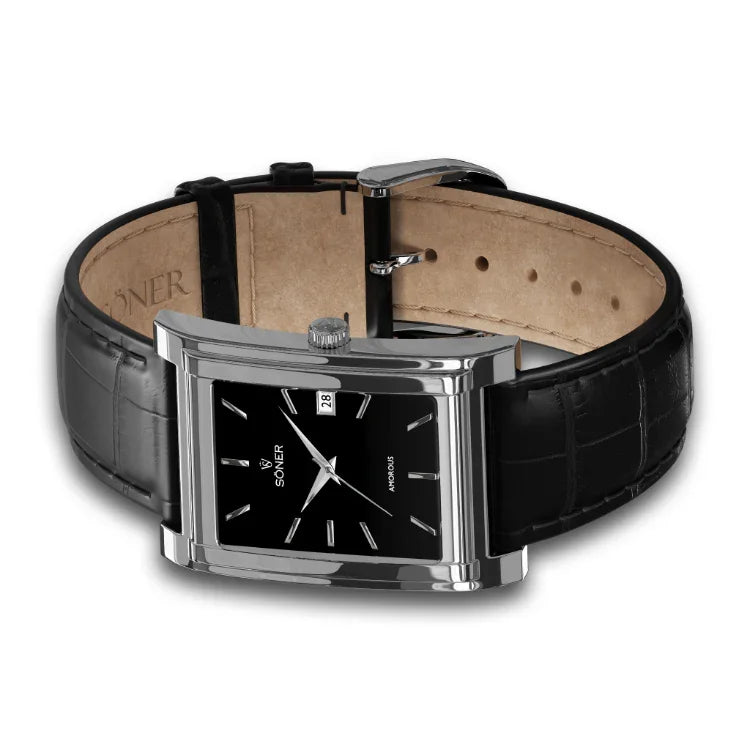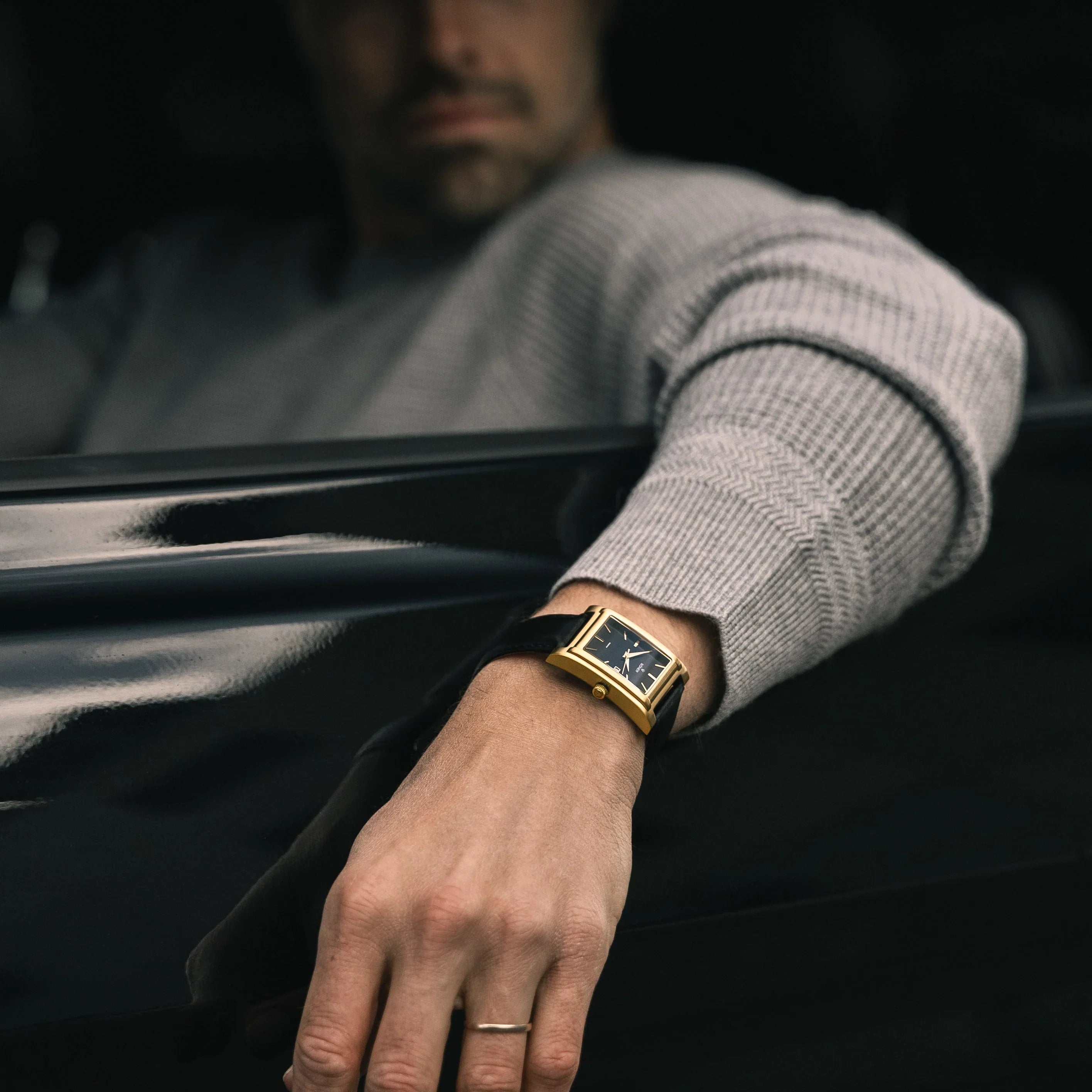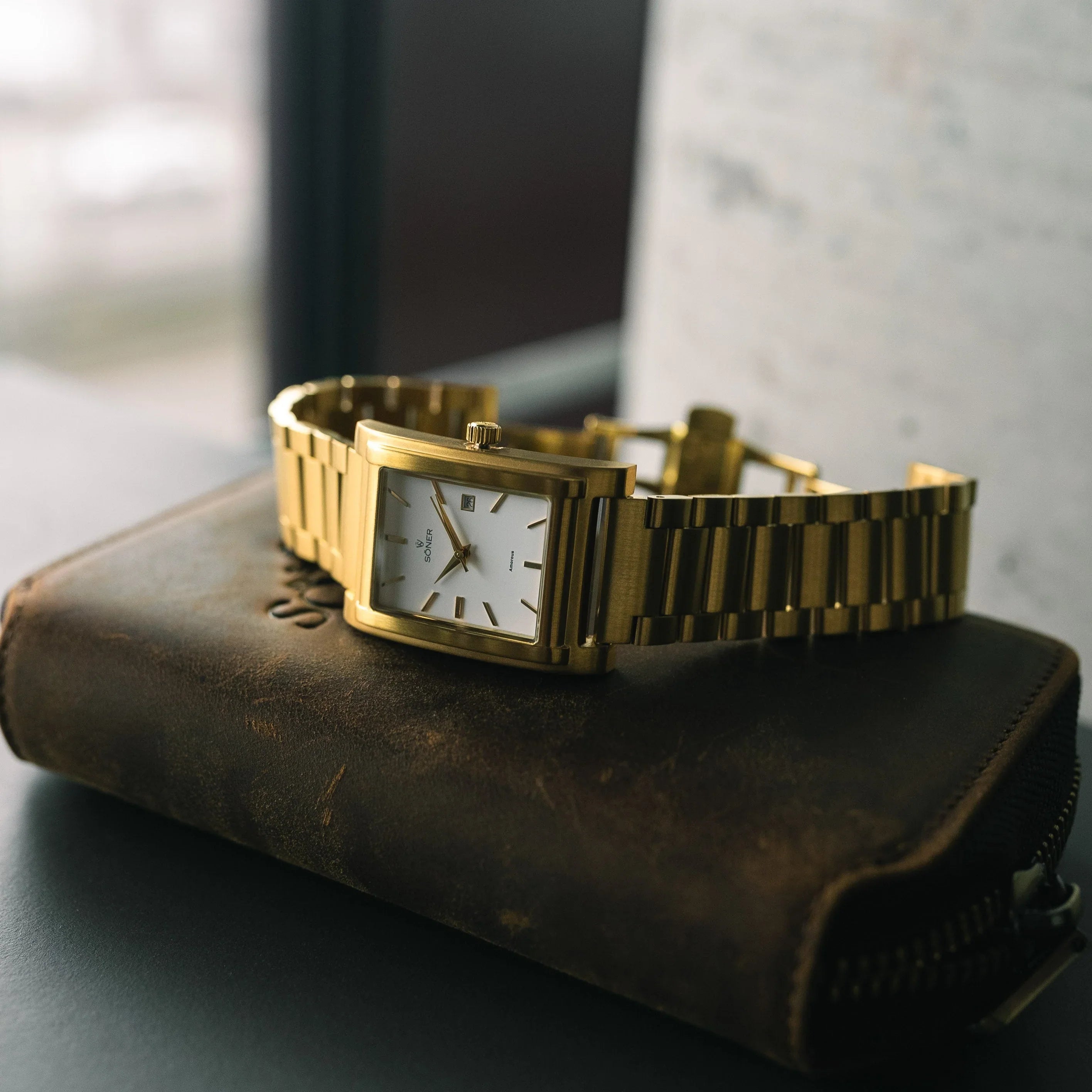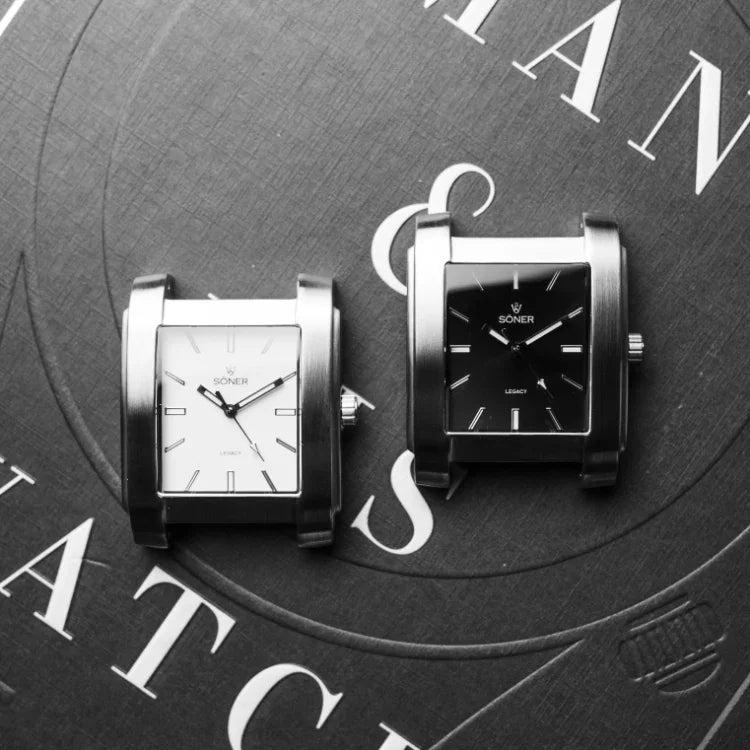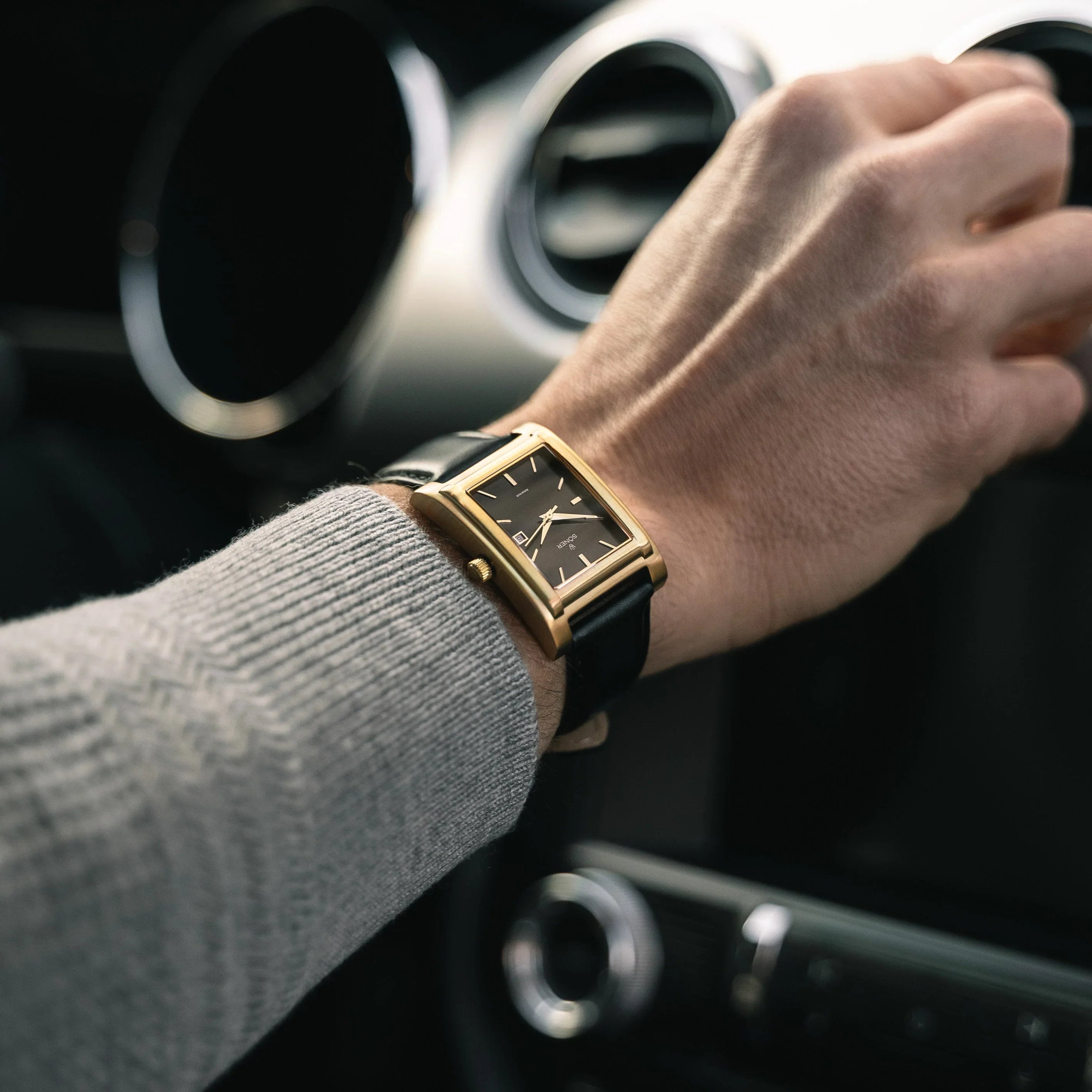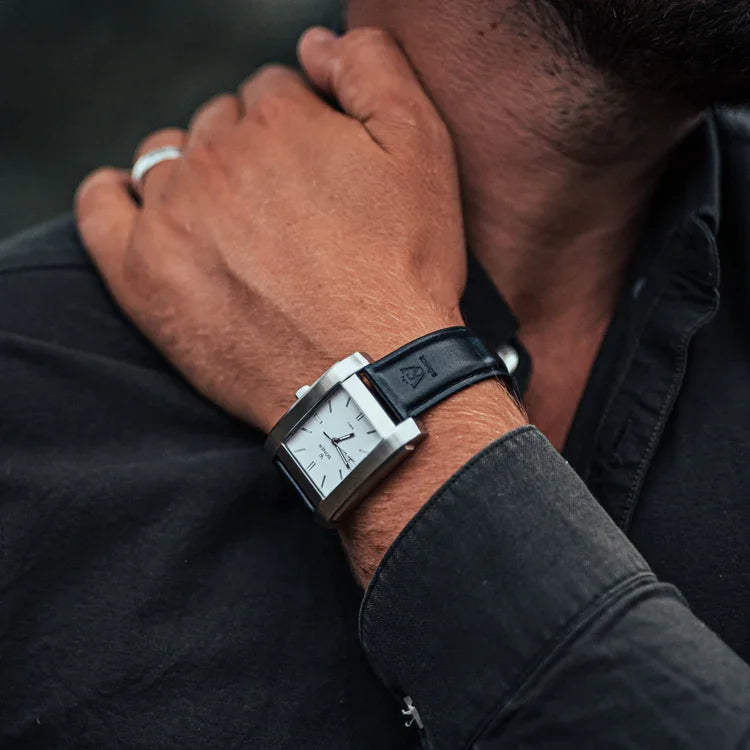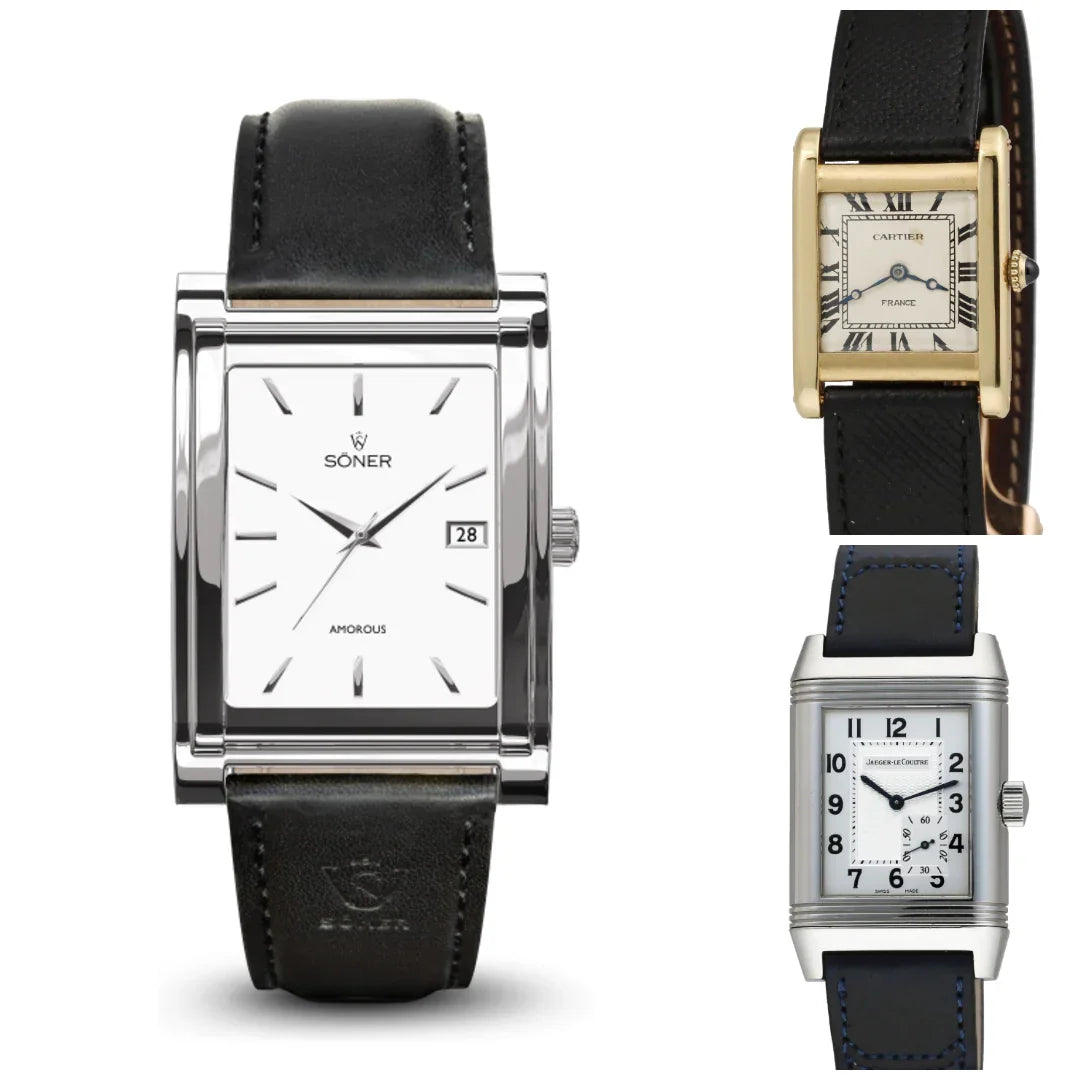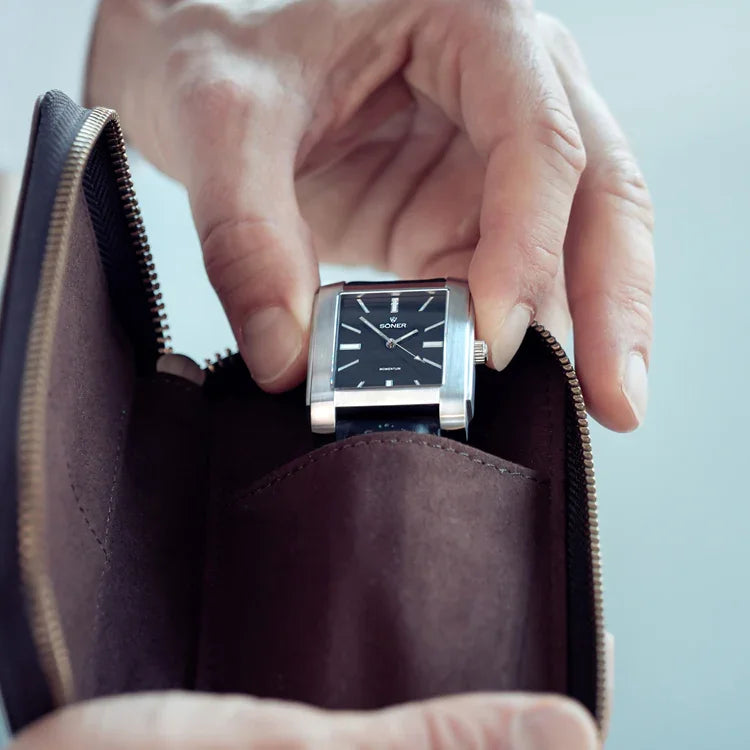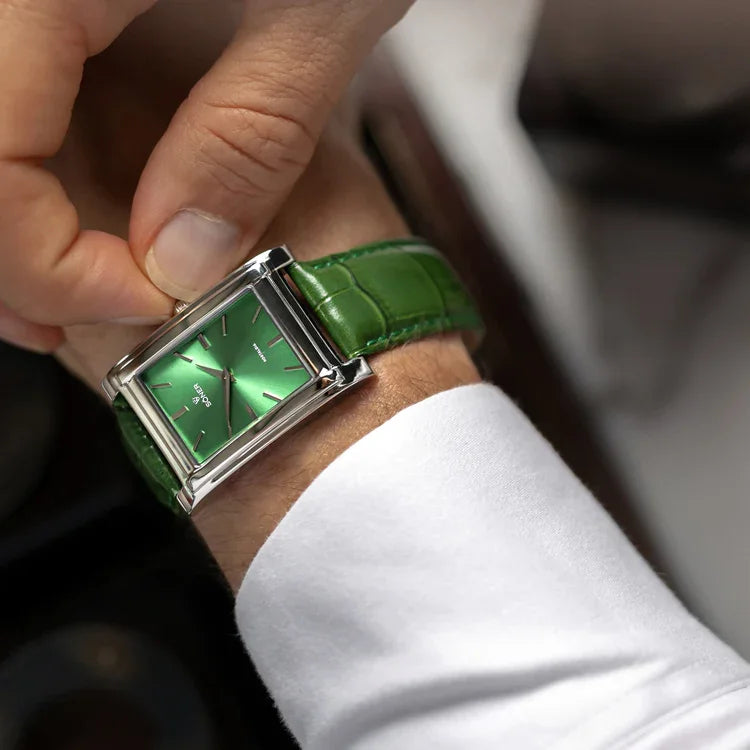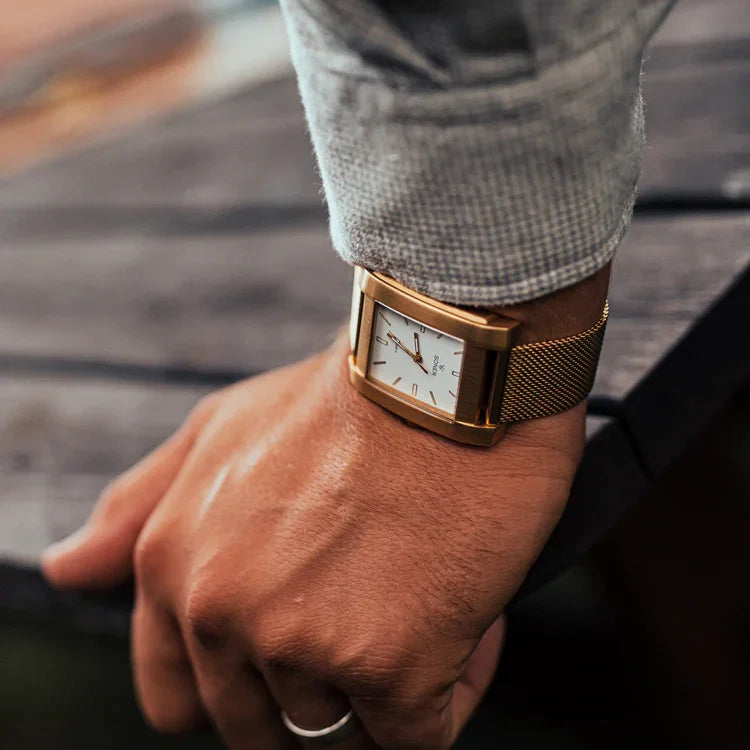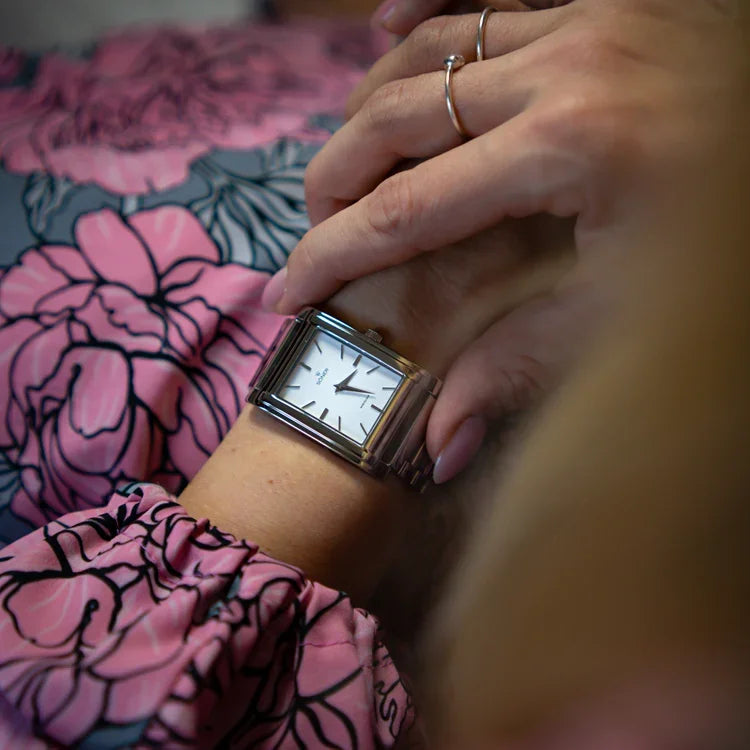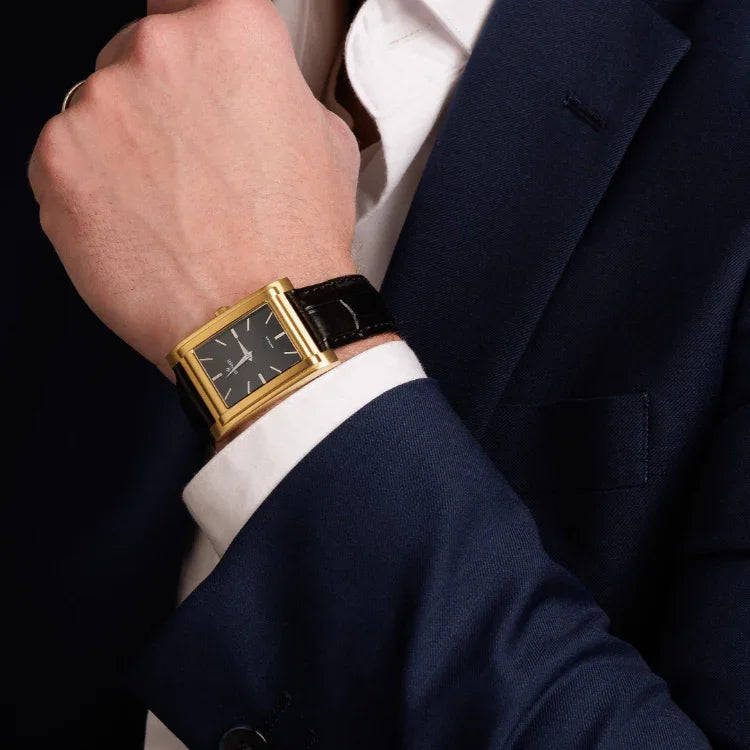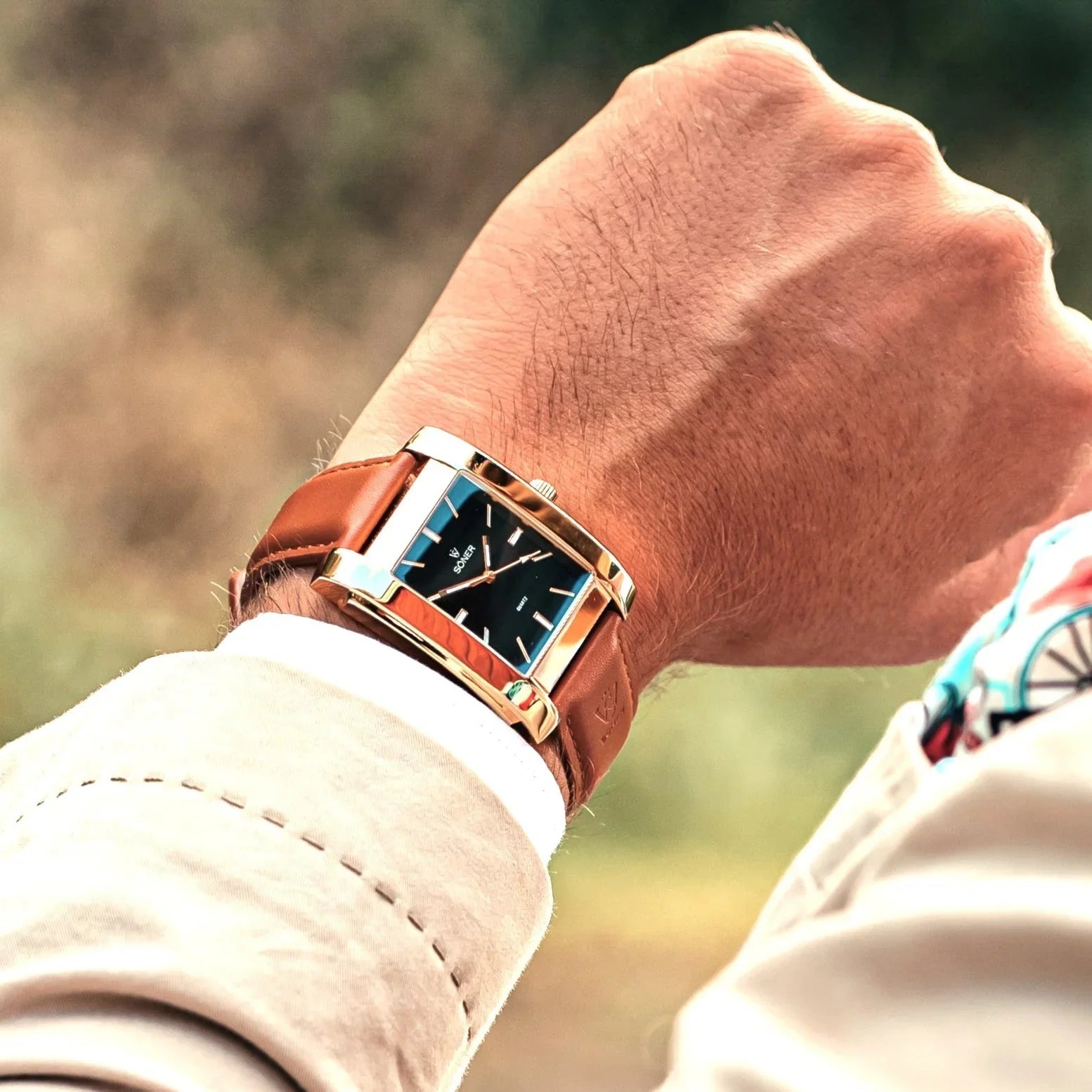How To Remove Scratches From Stainless Steel Watch
Your stainless steel watch is not doomed because of a scratch. There are home-ready solutions on how to remove scratches from a stainless steel watch:
- Toothpaste
- Baking Soda Paste
- Metal Polish
The removal method would also depend on the gravity of the scratch - the removal could be in processes:
- First, you will need to assess the scratch
- Then choose the right tools to use
- Proceed with cleaning the surface
- And finally, applying the solution
DIY has permitted a lot of people to save time and money. But for your DIY to be effective, you need to have the minimum tools required:
- Microfiber cloth for cleaning
- Metal polish or baking soda or toothpaste
- A watch-polishing cloth
Or you need a watch that is resistant to scratches like the ones we have.
Before polishing your watch
- Clean your stainless steel watch
- Dry it properly
- Identify the type of surface you are dealing with
- Protect sensitive areas
DIY scratch removal on stainless steel watches works best on light surface scratches and if the watch is not coated or plated. They work well when you are working on a budget and can’t afford to pay much for a scratch removal.
Best Methods To Remove Scratches From Stainless Steel Watch Metal
There are usually two types of marks - deeper marks and superficial ones. As a result, there is general polishing as opposed to targeted scratch removal. Targeted removal uses professional products on isolated scratches. General polishing focuses on superficial blemishes and overall shine.
A simple tip for evaluating the depth of the scratch is by running your fingertip in it to ascertain how deep or wide it is. A deep scratch may require professional attention while light scratches are easier to fix. Figuring this out will help decide whether to use a DIY method or to go to a professional.
Even though stainless steel is durable, it can react differently to abrasion. Since it tolerates light polishing, it is suitable for DIY maintenance. A knowledge of how the metal reacts will help prevent damage and ensure a desirable result.
For a good DIY scratch removal, you need the right tools - polishing cloths, pastes, kits. It is advisable to use microfiber cloths and avoid harsh abrasives. Polishing pastes offer better abrasion for stubborn marks.
How To Get Light Scratches Out Of Stainless Steel Watch?
If the scratch is superficial, a polishing compound like Polywatch applied with a microfiber cloth could restore the shine of the metal without damaging it. This is a rather easy and doable method for polished stainless steel and it requires no special tools or professional care.
When dealing with superficial scratches, light pressure is sufficient. You can tell a scratch is superficial if your fingernail doesn’t go deep into it. The light pressure protects the metal’s quality.
It takes about 10 to 20 minutes to remove surface-level scratches. But this depends mostly on the size and the location. The general lengthy procedure to observe for professional care must not be followed strictly in this case.
Don’t Let Scratches Ruin Your Watch’s Shine
From toothpaste tricks to pro-grade polish, learn the safest and most effective ways to restore your stainless steel watch—without risking damage.
Start Your Scratch-Free FixCan You Remove Scratches From Stainless Steel Watches Completely?
Superficial scratches can be removed at home, but deep ones need professional polishing. DIY methods are mostly focused on aesthetics preservation than on restoration.
While buffing may smoothen surface scratches and enhance shine, full restoration involves a tedious process like sanding, retexturing and refinishing. Restoration is used more in the case of severe damage.
You should expect a shinier and cleaner surface after polishing, even though the deep ones might still be faintly visible. The results will vary depending on the watch’s original finish and tools and techniques used.
Our premium watches are engineered to resist scratches, maintaining their flawless appearance longer, reducing the need for frequent polishing and repairs.
How To Remove Scratches From A Stainless Steel Watch Case?
Because they come in complex curves and edges, it is important to use precision tools. While contoured areas need careful handling, flat surfaces are easier to polish.
Masking or taping non-scratched areas before polishing with a painter’s tape can protect logos and against brushed finishes.
Polished steel mostly benefits from microfiber cloths and polishing products while brushed steel needs a directional refinishing to preserve its grain. Do not mix techniques!
Ready to Restore Your Watch’s Like-New Look?
Discover step-by-step DIY methods to remove scratches, plus pro tips to protect your watch from future wear.
Learn DIY Scratch RemovalHow To Remove Deep Scratches From Watch Metal Without Professional Help
If a scratch catches the fingernail, it is considered “deep”. These scratches often require more than basic polishing to fix their appearance.
DIY methods are good, but they only reduce scratch visibility and rarely eliminate scratches entirely. Excessive polishing can damage the case shape or protective coatings.
Professional restoration should be sought when a scratch is too deep, exposes base metal and affects structural integrity. DIY could worsen the damage in such cases.
Can You Use Sandpaper On A Stainless Steel Watch?
If you must, use sandpaper starting with 1500–2000 for minimal abrasion. Anything rougher could leave marks and remove too much material. Make sure to do polishing at the end.
This should be done by a professional. In case you need to, wrap sandpaper around a soft sponge or rubber block - apply light consistent pressure and follow the original contour.

Flat spots, uneven finishes or permanent damage are all effects of improper sanding. In case you can’t get a professional to do it, patience and precision are key.
Should You Use A Dremel Tool To Remove Scratches On A Watch?
Dremel tools are ideal for detailed work on metal. When using, apply a small amount of metal polish on the cotton wheel.
To have control over the process, the Dremel tool should keep RPM at 5000 and 8000. Do not use abrasive discs. If they are too fast, they might destroy the surface or cause unevenness.
To prevent overheating or uneven removal, work in short intervals and let the tool cool down. Check your progress because overheating can warp metal or discolor coatings.
Deep Scratches? Here’s Your Best Solution
Not all scratches are created equal—find out when a quick DIY will do, and when to call in the professionals to save your timepiece.
See the Best Fix for Your WatchHow Do You Remove Scratches From A Watch Face Or Crystal?
While acrylics are easily scratched but easy to polish, minerals are more scratch-resistant and harder to polish. Sapphire crystals mostly require professional care because they are extremely durable and almost scratch-proof. Since each crystal type responds differently to techniques and products, it is essential to know the crystal type before proceeding with the DIY scratch removal.
Sapphire crystals cannot be polished at home because of their hardness and so, they mostly need professional services - while minerals tolerate light polishing, they would eventually require professional tools for deeper scratches. Only acrylic crystals are suitable for DIY polishing.

Gentle polishing options work best for plastic/acrylic faces. They are safe and effective. It’s important to avoid harsh abrasives and metal polishes for this face type.
Does Toothpaste Remove Scratches From Stainless Steel Watches?
The mild abrasives in toothpaste like hydrated silica and calcium carbonate, are designed to polish enamel without damaging it. These particles easily cover superficial scratches on stainless steel without damaging it. It should be noted that it works only for touch-ups and not full restoration.
How will you know when toothpaste works and when it doesn’t? It will work on polished stainless steel surfaces with shallow scratches. It won’t work on deep scratches and dents. It is important to remember that it is not a substitute for professional polishing.
DIY can get complicated if you don’t know the right toothpaste to use. Most whitening pastes contain bleaching agents that can corrode and discolor metal. On the other hand, gel toothpastes don’t have the necessary abrasive substances. Therefore, it is better to use non-gel and non-whitening pastes. Brands like Colgate regular are recommended because they are fluoride-free.
Best Household Methods To Remove Scratches From Stainless Steel
Often known as common methods to remove scratches from stainless steel, vinegar, baking soda, toothpaste, have some advantages and disadvantages
Pros- They are affordable
- They are easy to find
- They are gentle on surfaces
- They require careful application
- They are best for superficial marks
- They can leave residue if not properly cleaned
While household remedies might work, the products used are not specifically designed for that. They can cause abrasion while the professionally designed products will deliver more consistent results. These products are more effective and safer for deeper scratches, and reduce the risk of uneven polishing.
Doing a DIY to remove scratches from stainless steel watches has risks of chemical damage or residue. Remedies including vinegar and lemon juice can corrode the metal because they are acidic. Toothpastes can attract dirt by leaving sticky residue. Baking powder can cause more scratches. For safe DIY removal, caution and proper technique are essential.
How Do You Prepare A Watch For Scratch Removal?
A clean surface is the best way to start. You have to use mild soap and water to wash off dirt while gently cleaning the watch with a microfiber cloth. Next, make sure it is thoroughly dried, to prevent water spots. An improper cleaning might lead to a poor polishing and a failed finish.
Dust, grime, and sweat may lead to deeper scratches if they are not thoroughly taken care of. These abrasive particles accumulate around the lug, bezel and bracelet links. To ensure a smooth process and protect the watch’s finish, they need to be removed.
In order to reduce risk of further scratching, there must be a proper preparation process and meticulous scratch removal procedure observed. Remember to
- Clean with water and allow to dry
- Remove abrasive particles
- Use tapes to ensure proper polishing
How Do You Protect The Watch Areas That Shouldn’t Be Polished?

Before undertaking any DIY to remove scratches from a stainless steel watch, make sure you use a painter’s tape or a masking tape. Protecting it with tape protects it against excessive polishing, and also ensures precision in the scratch removal procedure. Make sure to use tapes that are gentle on the surfaces, and easy to remove without residue.
The main areas to avoid when doing the scratch removal procedure are logos, pushers and leather straps. Before starting, make sure to inspect your watch and identify these areas. Some watch components should never be polished. Pushers might lose their water resistance if polished while leather straps need to be completely removed before polishing.
Polish residue can seep into moving parts and damage internal mechanisms. Therefore, you must use minimal products while applying controlled movements. Also make use of a microfiber cloth or a polishing pen to ensure accuracy. If push comes to shove, consult a professional to avoid risk and grave damage.
When Should You Let A Professional Fix Watch Scratches?
There are situations where DIY could be too risky and so, it would be important to let professionals handle such cases:
- A DIY scratch removal could damage the watch if it is not done properly and with care.
- The wrong tools might damage the watches - especially plated or coated watches.
- Sometimes, we do not have access to the same tools as watchmakers.
Watches that are high value and/or sentimental, are usually not repaired using the DIY method. People who have luxury watches or watches that were passed down as family heirlooms, will not take the chance to use DIY on them. Even watches with rare materials and intricate plating and coating will be given to a watchmaker to remove scratches from the stainless steel.

For affordable watches, the DIY scratch removal seems more ideal. For more expensive watches that could have a higher resale value, it gets more complicated - professional care is the wiser choice.


